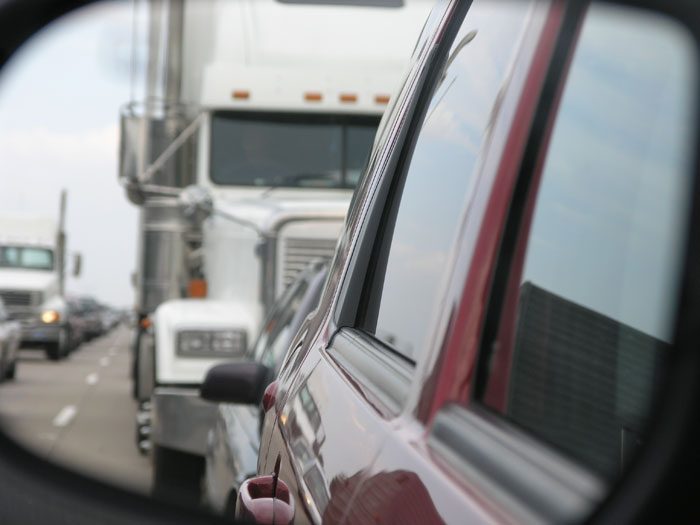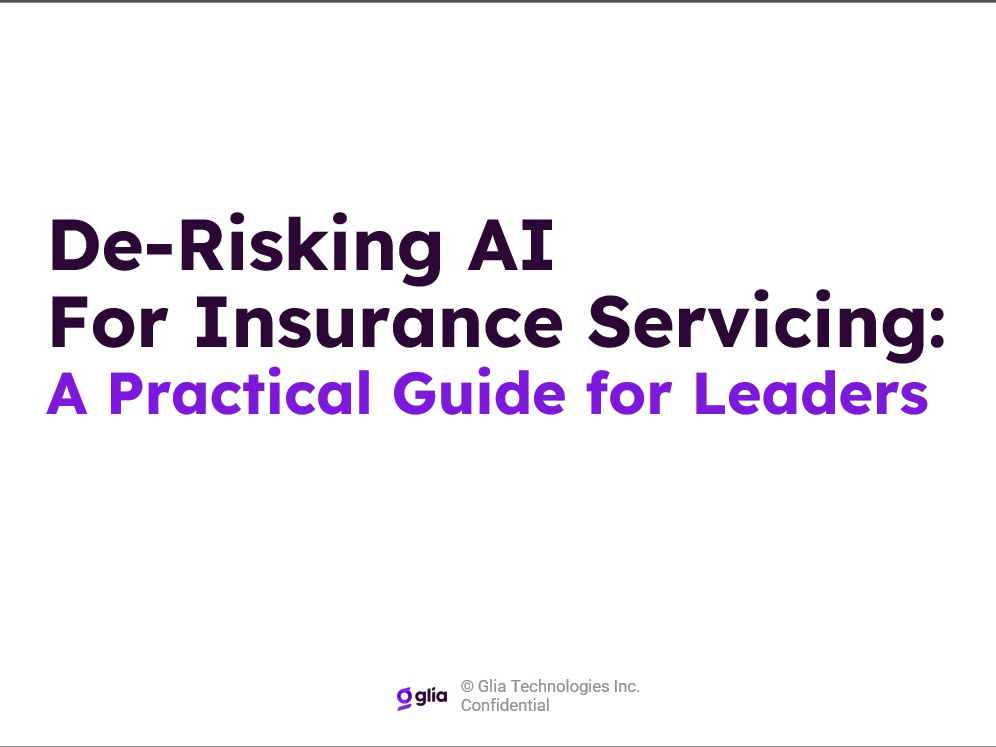Sponsored Content by Travelers
6 Surprising Factors Affecting the Cost of Commercial Auto Insurance

Accidents happen.
And when they do, people expect their auto insurance premiums to rise. That cause and effect relationship is easy to understand.
But even safe drivers are noticing their coverage is becoming more expensive. Owners of large commercial fleets are especially hit hard when rates rise. The truth is that accident history is just a small part of a much bigger picture, created by the confluence of several macro trends.
Here are six unexpected reasons why your commercial auto premiums may be increasing:
1. More Miles Driven

David Nelson, 2nd Vice President of Auto in Commercial Accounts
When the recession hit, companies naturally scaled back. Manufacturers produced less; there were fewer sales calls and deliveries to be made. Drivers were laid off as demand dropped.
Since the economy’s been improving, activity is picking up again.
“The need to receive component parts and deliver goods is back up,” said David Nelson, 2nd Vice President of Auto in Commercial Accounts, Travelers.
But rather than hiring more drivers and buying new vehicles right off the bat, companies are instead relying on their core workforce to pick up more work.
“Trucks are being driven more miles, but there aren’t necessarily more trucks. Owners would rather get the most out of their current vehicles before they start adding more,” Nelson said. “The increased risk of more miles per truck will be compounded as the economy continues to improve and companies eventually do need to add vehicles to keep up with demand.”
2. Inexperienced Drivers
The commercial driver shortage continues to increase risks on the road.
Driving long distances is a hard job, so recruiting has never been easy. Now, many experienced drivers are approaching retirement age.
“The lingering question is, where is the next group of truck drivers going to come from? Will they have the same skills and capacity as the generation that’s retiring?” said Chris Hayes, 2nd Vice President of Transportation Risk Control, Travelers.
New regulations may make recruiting drivers even harder. For example, electronic time logs and tracking sheets will replace paper formats by December, 2017.
“Drivers perceive this change as more oversight, and it also means they may have to be more accurate or inclusive in their reporting. The new system will require a level of electronic engagement not all drivers are comfortable with,” Hayes said.
Stricter safety standards and less independence might turn off potential new drivers. While an improving economy means transportation companies are hiring, it also means the talent pool likely has options in other types of service jobs, like factory or construction work.
Those that do get behind the wheel with less experience present a larger risk.
3. Lower Fuel Prices

Chris Hayes, 2nd Vice President of Transportation Risk Control
“There’s a direct correlation between fuel prices and national accident frequency,” Hayes said.
The number of accidents per year has dropped steadily since the early 2000s.
“According to the Department of Transportation’s Fatality Analysis Reporting System, in 2005, there were roughly 43,000 people killed in motor vehicle accidents. By 2014, it dropped to about 32,000,” Hayes said. Some attribute the decrease to safer cars and more awareness around the dangers of drunk driving. But price at the pump played an even bigger role.
When gas is expensive, people limit their time on the road, which leads to a lower accident frequency.
“We saw the least accidents when gas hit its peak at $4 per gallon, and accidents started increasing when it dropped back to $2 per gallon,” Nelson said.
The relatively stable gas prices may mean more cars on the road both for business and personal use. And more cars equal more accidents.
4. Distracted Driving
Screens are drawing a bigger share of drivers’ attention.
“Driving has always had an element of distraction, with texting being a notable recent example, but now dashboard ‘infotainment’ centers are an increasing concern,” Hayes said. “With their radio, GPS, Bluetooth and internet search functions, these systems require a lot of visual engagement.”
Texting, however, has also become a dangerous distraction for those traveling on foot.
“In some of our delivery zones, we were seeing an increased frequency of pedestrian strikes, and we spent some time investigating what drivers were doing differently,” Nelson said. “We found that the drivers weren’t necessarily doing anything wrong; it was the people around the vehicles who were less attentive.”
Semi-autonomous driving also creates opportunities for drivers’ minds to wander.
“As you move into what’s called ‘level two’ autonomous driving, you have multiple safety systems linked together, and there’s a risk that you’ll pay less attention to your driving because you assume your vehicle will take over those functions for you,” Hayes said.
“In other words, the safety benefits of these systems may be somewhat offset by the false sense of security that they provide and less driver attention.”
5. Aggressive Attorneys
In the past, larger claims for amounts of $100,000 or more would have an attorney involved roughly 70 percent of the time. “Now, we are seeing attorneys getting involved in claims as small as $25,000,” Nelson said.
One theory behind the shift is that many law school graduates entering the workforce during the recession had to forge their own paths while firms weren’t hiring, so they went after smaller claims aggressively to generate revenue from an untapped source.
“Some attorneys are specializing in leveraging all of the information available about drivers or operations of a vehicle to prove negligence on the part of the transportation company, often with a good deal of success,” Nelson said.
“The Federal Motor Carrier Safety Administration’s Safety and Fitness Electronic Records System, also known as SAFER, includes number of accidents for a given company, frequency of inspections and violations as a result of those inspections,” Hayes said. “The publicly available data was originally intended for state troopers, federal motor carrier enforcement officers and other people involved in trucking safety to better engage with trucking companies.”
The data was originally meant to improve safety by informing drivers and transportation companies of what they were doing wrong, assuming that if they can measure their performance, they can improve it.
Attorneys now are latching onto that data as evidence that if a particular company or driver has more accidents than the national average, they are more likely to be the negligent party.
“It’s definitely something that can be used to try to influence a jury,” Nelson said.
6. Increasing Medical Costs
An increase in the frequency and cost of soft tissue surgical procedures is another factor making auto claims more expensive.
“There’s a broad cost to deliver care in America. That trend isn’t going away any time soon, and the auto insurance market is impacted by that,” Nelson said. Injuries from auto accidents can run the gamut in terms of severity, but soft tissue injuries in the form of strains and sprains are prevalent. Injuries involving surgery often take longer to heal and require follow-up treatments as well.
All of these factors can drive up the cost of claims, which in turn can lead to higher premiums for insureds. Owners of large commercial fleets have the most exposure, but any company utilizing vehicles for business purposes – even if those vehicles are employees’ personal cars – can feel the impact of rising auto insurance premiums. Keeping an eye on these larger market and economic trends can help insureds not only understand their premium costs, but also anticipate what’s to come.
To learn more, visit https://www.travelers.com/business-insurance/commercial-auto.
This article was produced by the R&I Brand Studio, a unit of the advertising department of Risk & Insurance, in collaboration with Travelers. The editorial staff of Risk & Insurance had no role in its preparation.








